How you approach scale will effect your toy photography. Whether you are creating a still life like Kristina with toys as your subject or merely trying to bring your toys to life, you need to be aware of how scale can help you tell your story. Do you want to create images with neutral scale, forced perspective or do you like the playfulness of sharply juxtaposed scale?
When combined with toy photography these three techniques can lead to interesting possibilities. So what are these three techniques and how can you use them?
First up is neutral scale. When you have an image that is created with neutral scale in mind you can imagine the toy figure being both human size and its actual toy size; the subject of the image can be seen as either big or small. This is a pretty nifty trick when shooting toys and trying to help your viewers enter into your own personal fantasy. By keeping the surrounding simple (or scaled to the mini figure) you can help create a scale that is hard to read. Outdoors you can eliminate distractions like leaves, grass, twigs, even pine needles, which will immediately clue your viewer into the scale of your figure. You can also shoot with your aperture set wide open (or nearly so) which will shorten your depth of field and eliminate distractions and tell tale signs of scale in the background. Or you can create interior shots like Mike using poppy seeds to simulate a gravel road or limp basil to suggest the swamps of Degoba. (You will have to ask Mike about this one.)
Next up is forced perspective. Obviously our blog mate Vesa is a master of this as is Michael Paul Smith. If you want to create a world in which you toys always feel life size, then you might want to play with this technique.
Sharply juxtaposed scale is another tool in your photographers tool box. There is a long tradition of photographers combining food and human sized props with micro scale toys; the Minimiam project, Christopher Boffola and Tanaka Tatsuya to name a few. All of these photographers take advantage of the playfulness that occurs when scale is sharply juxtaposed. I’m sure you have seen many examples of this type of work and personally I am always amazed at how creative these photographers are with everyday objects as well as food.
One of my favorite toy photography artists that plays with scale beautifully is Slinkachu. Slinkachu usually shoots his images in sets of three. The first image is a close up with neutral scale, then he pulls back in the second and third shots to reveal the location and then the larger city scene. I really enjoy this sense of play and mystery of sale in his work.
No matter what type of toy you choose to photograph you will want to consider scale and how it will effect your viewers experience. You can help them suspend their disbelief with neutral scale, force them to believe an alternate universe with forced perspective or play with the juxtaposition of scale and surprise them with a twist.

An arts patron pointed out to me that she enjoyed being able to read this image both as human scale as well as toy scale; or as she coined it, neutral scale.
Scale is just one more element to add to your bag of photography tricks that will help you to create images with intention.
~ xxSJC
How do you use scale in your toy photography?


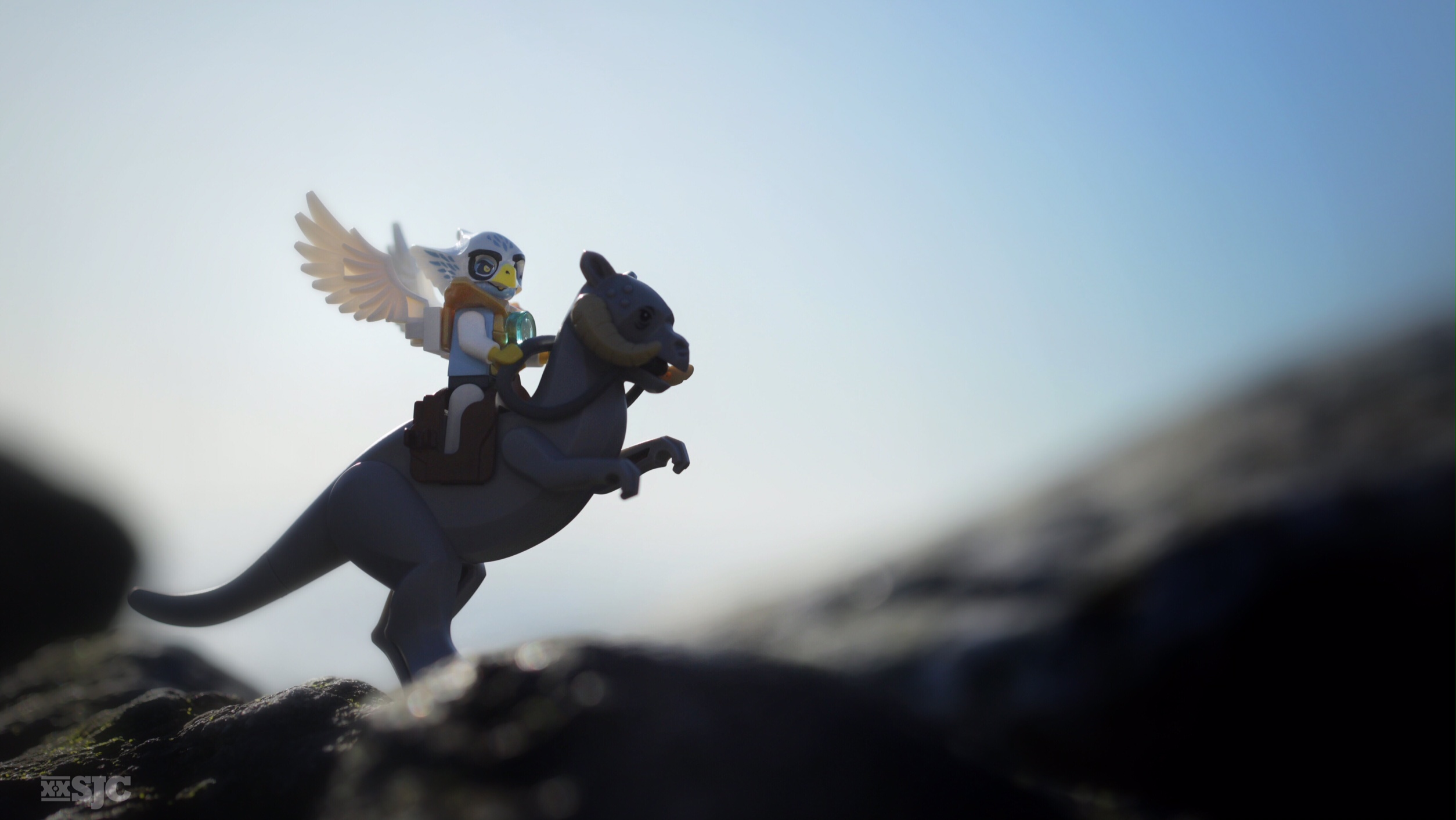


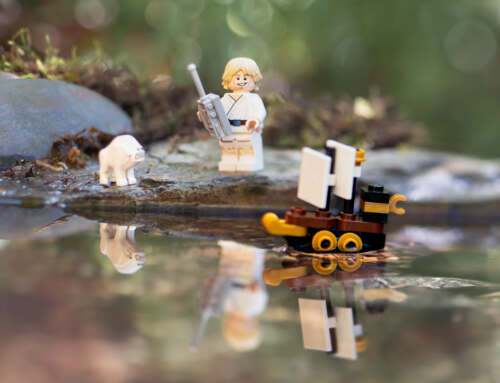
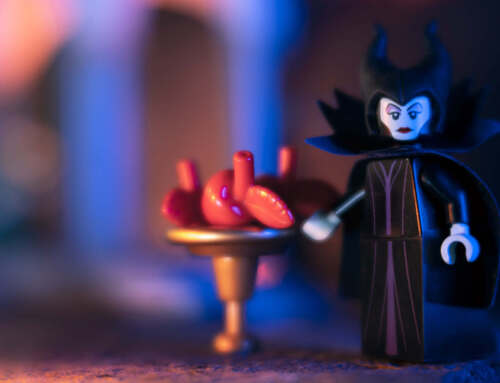
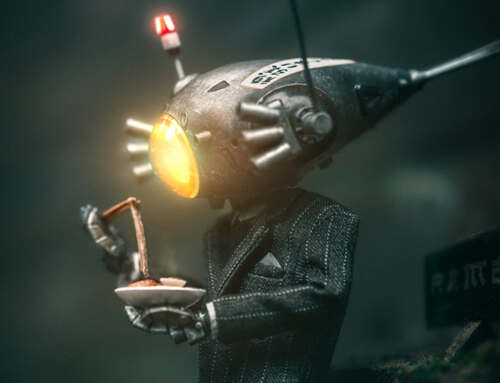
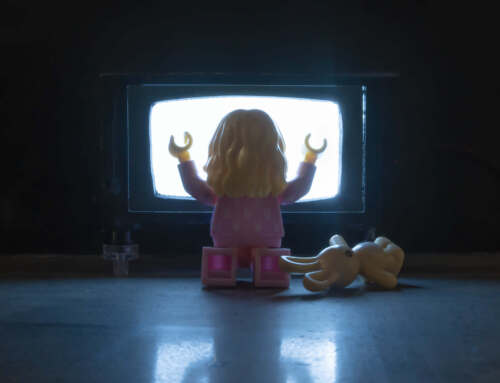
Thank you, Shelly, for summing this up here. As so often I did notice different scales in others’ photographs but didn’t really think of intentionally using them. Will have to concentrate on this aspect in pics to come.